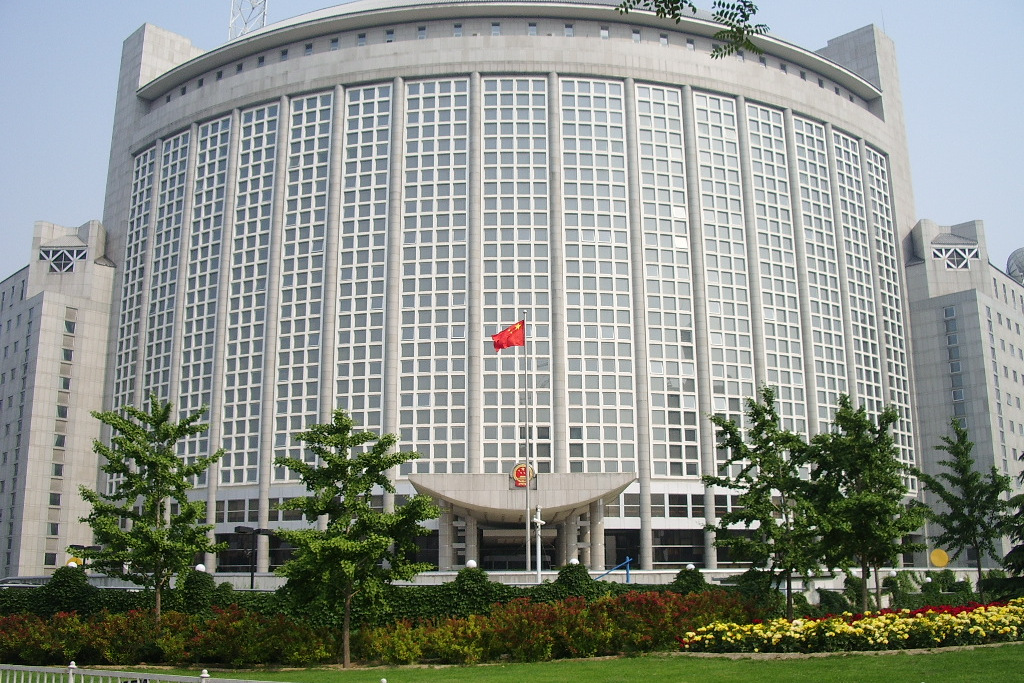
On 29 July 2022, the Supreme People's Court (SPC) held a press conference to introduce the accomplishments of the case filing registration system reform of people's courts.
On 1 May 2015, the “Opinions on the Implementation of the Reform of the Case Filing Registration System of People's Court” (关于人民法院推行立案登记制改革的意见) came into force, aiming to fully replace the "case filing review system" with "case filing registration system".
Under the previous case filing review system, the court should make a substantive review of the elements of litigation before deciding whether to accept it. Sometimes, local courts would refuse to accept the cases after review, thus leaving those disputes unsettled.
By contrast, under the current case filing registration system, the courts should register and accept the cases as long as they fulfill the statutory conditions for litigation. Therefore, the disputes may come into the courts without the reviewing process.
The SPC regards the case filing registration system as one of its most important approaches to improving public satisfaction.
As of 30 June 2022, courts at all levels nationwide had registered 138.37 million cases, with 93.06 million civil cases of first instance, 1.88 million administrative cases of first instance, 130 thousand criminal cases of private prosecution,105.5 thousand state compensation cases, and 43.19 million enforcement cases of first application. The average on-the-spot filing rate of courts at all levels nationwide was 95.7%, and this number even exceeds 98% in some provinces like Tianjin, Shanghai, and Zhejiang.
However, the case filing registration has also led to a sharp increase in the number of cases accepted by the courts and caused litigation explosion. Click here to view more information about the litigation explosion in China.
To address the litigation explosion, the SPC also promotes the non-litigation dispute resolution mechanism, i.e. the alternative dispute resolution mechanism, and strengthens the linkage of people mediation, administrative mediation and judicial mediation, enhances the connection between ADR and litigation, and actively promotes the prevention and resolution of initial conflicts and disputes.
Relevant posts:
The post titled “Chinese Courts Facing Litigation Explosion” notes that as the country’s economy booms, civil disputes in China are soaring and swamping the courts. However, the number of Chinese judges has decreased due to the judge quota system (法官员额制) at the same time. The surge in cases, coupled with the reduction in judges, has led to a prolonged litigation explosion in courts.
The post titled “A Questionnaire Survey of Chinese Judges’ Job Satisfaction” reveals the main reasons why Chinese judges are dissatisfied with their jobs: high work intensity and long working hours, which are largely due to the litigation explosion.
The post titled “The Future of Mediation in China: Synergy between Litigation and Mediation” focuses on the establishment of mediation in Chinese courts and explains that the reason behind this trend is that the litigation explosion is forcing the courts to divert cases to mediation. From this perspective, the litigation explosion serves as the most potent driving force for the development of mediation in China.
Cover Photo by Nandini Khandelwal on Unsplash
Contributors: CJO Staff Contributors Team









